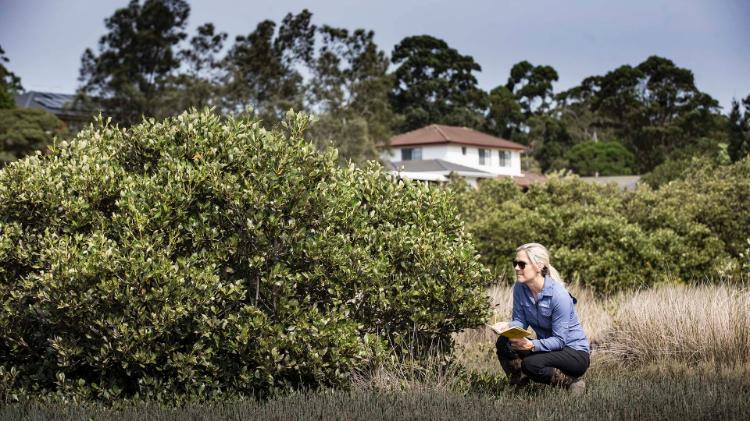UOW Library supports academics and students to achieve research excellence. Our self-help guides and personalised consultations can help you through all stages of the research journey, from finding literature to measuring research impact, supporting grant applications and applying for promotion.

Build your academic profile with key researcher profiles, explore their benefits and how to ensure they stay up-to-date









